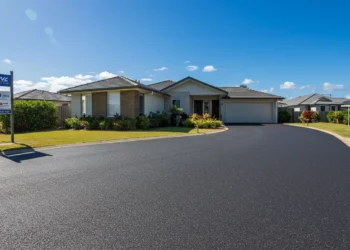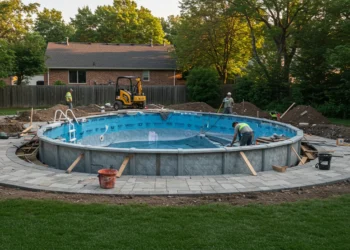You can increase the amount of room in your house and its value by building a second-storey extension. You can expand your living space by two times while keeping the outdoor area you and your family use daily by building a second-storey extension to your house.
Adding two stories will give you a tonne of space, can increase the value of your house, and may even be less expensive than moving. Furthermore, a double-storey addition is especially economical. Therefore, upgrading a single-story extension that was originally planned to a two-story one can be worthwhile.
Top 10 Creative Design Ideas For Second-Storey Extensions
The list below of the greatest double-storey extension design ideas might inspire your project, from classic oak framed expansions to glass box extensions and everything in between.
A Gable End to Add Another Room
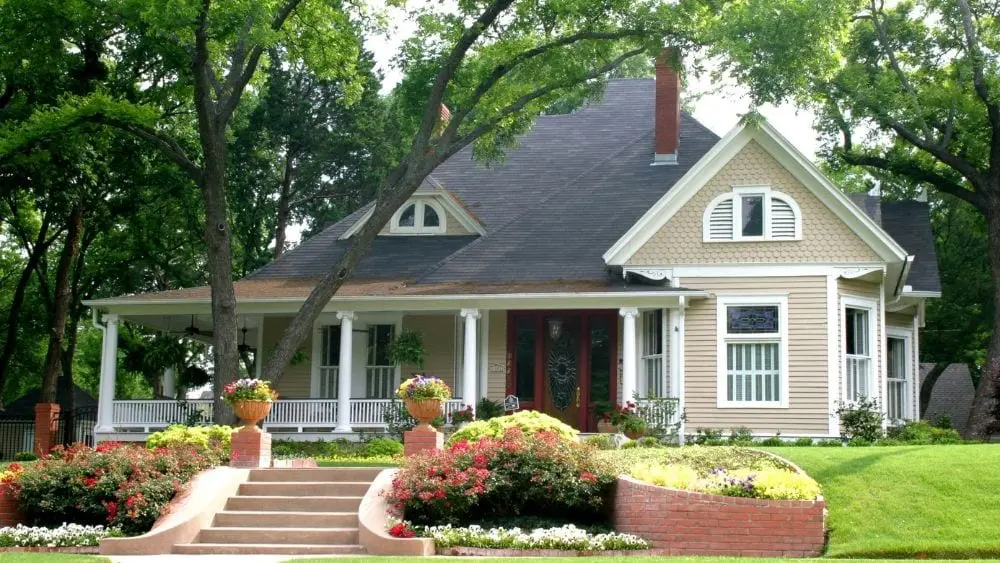
If a square addition extends from one party wall to the next, it will be too noticeable to your neighbours and is rarely aesthetically acceptable. Instead, add a gable end to the upper story to improve the roofline’s appearance while maintaining a large interior space. This is a great idea to get an attached playroom or compact office space with a bedroom for increased functionality.
Greenhouse Haven

For those who enjoy gardening and plants, a two-story glasshouse can be a special and lovely addition. The Building-Attached Glasshouse has excellent insulation to optimise heat and provide the best conditions for growth and life.
Accent Brickwork
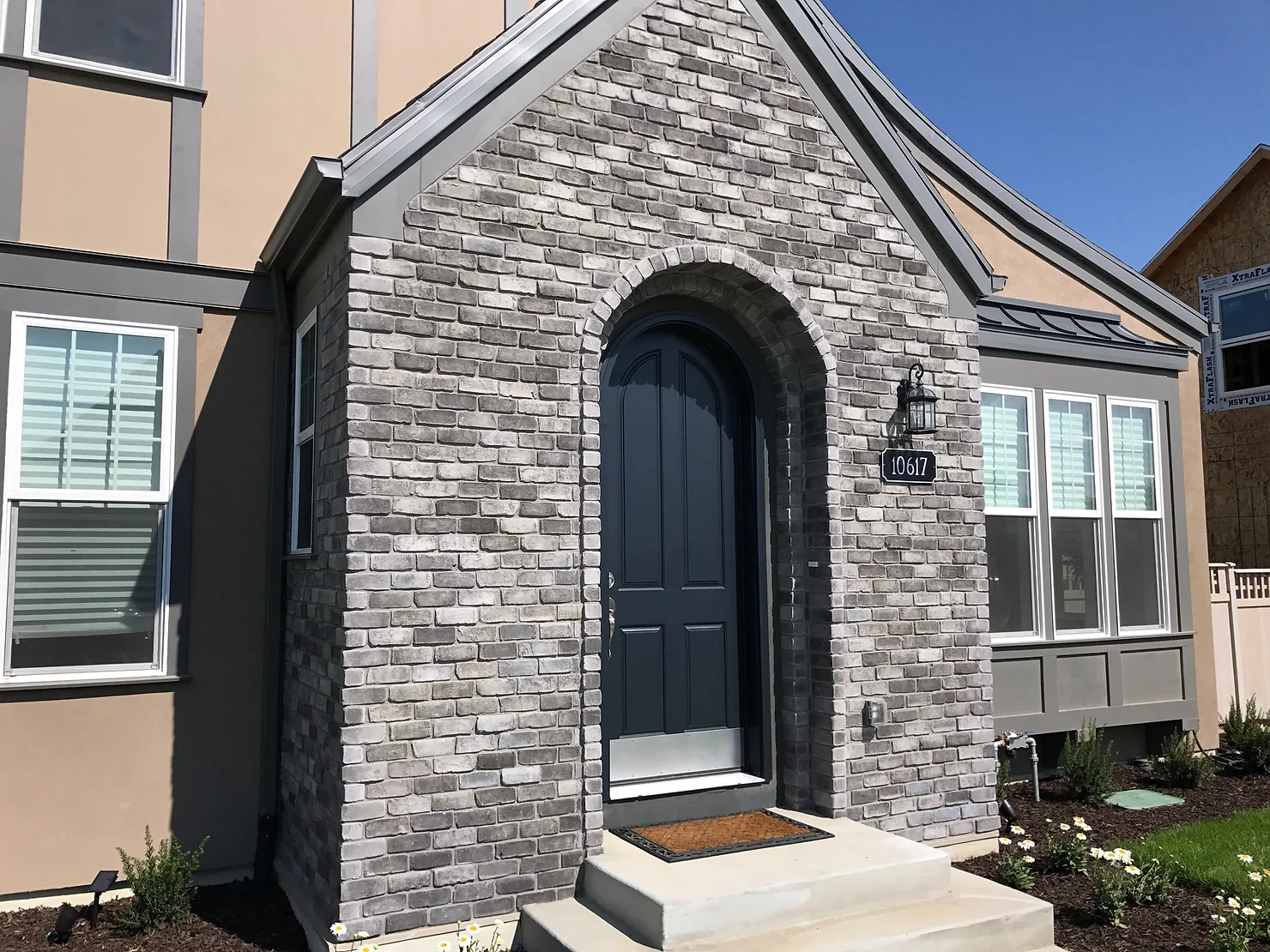
You can never go wrong with brickwork in any part of your house, irrespective of your style, especially in Australia. It is possible to accomplish this, but it requires extreme caution and may require permission from your local council, especially if you reside in a conservation area.
Bold is Beautiful
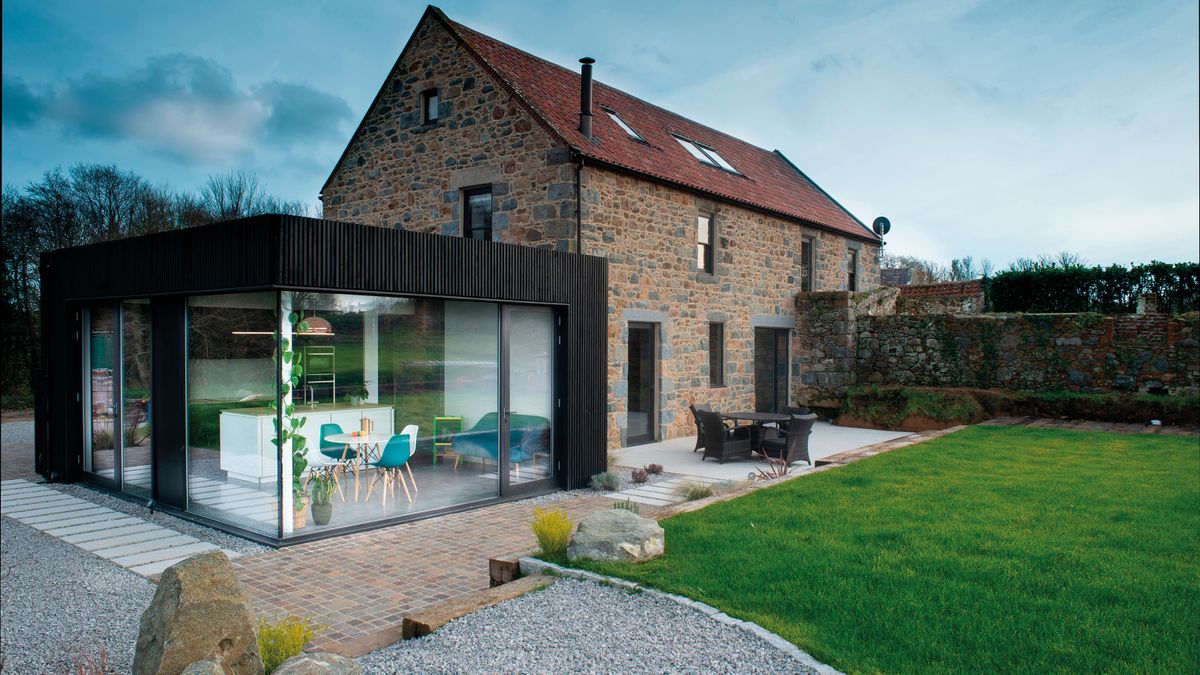
Using bold materials like concrete and dark shades to create an accent second-storey extension is a great way to utilise your available space and resources. You can make it an extended living area or a mini home theatre for an exceptional at-home experience. Adding sliding doors and a small balcony area will bring this idea to life like none other.
Glass is Good!
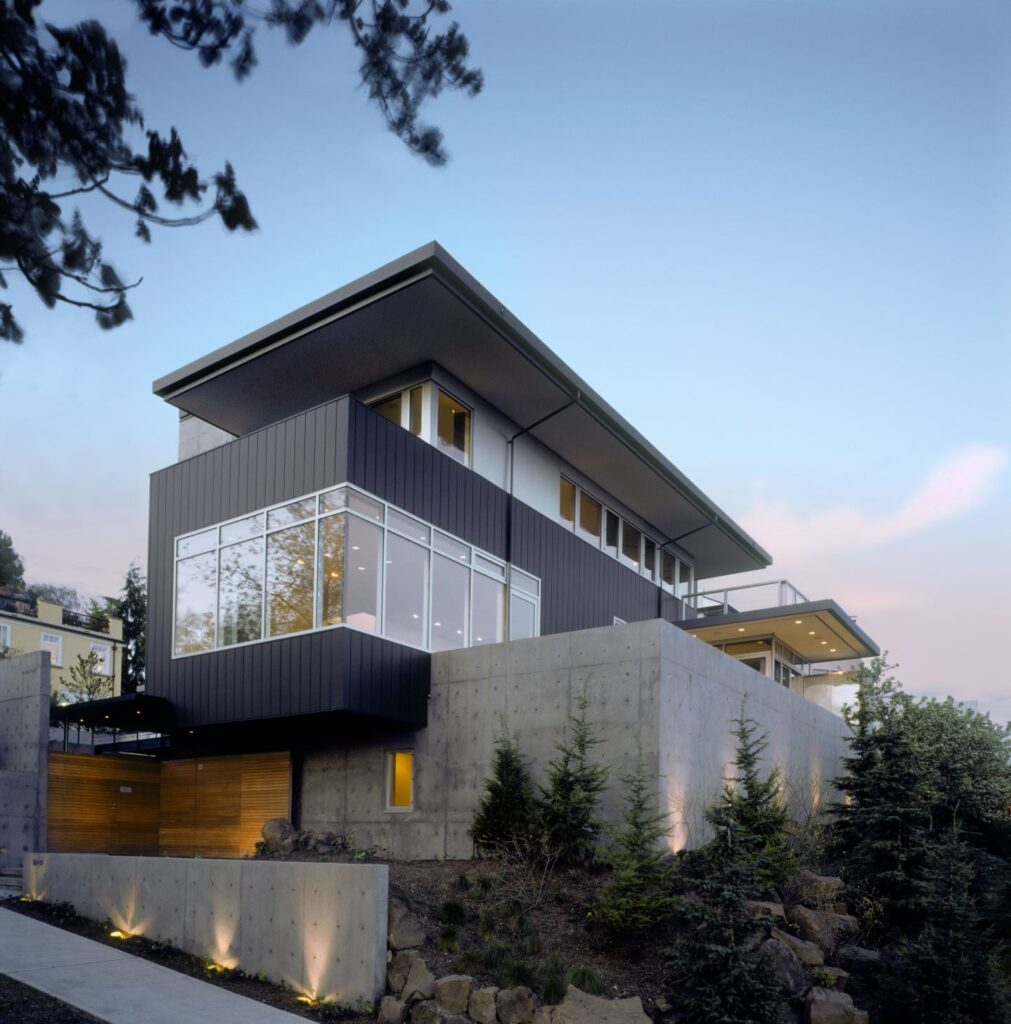
A second-storey extension with glass walls will be a great way to let the sunlight in without worrying about the open space. You can also get full-length glass doors installed for more functionality and efficiency. For a detached or semi-detached house addition, it is possible. The best way to make the most of the extra space on the current property is with this glass wall room.
Conventional Two-storey Extension
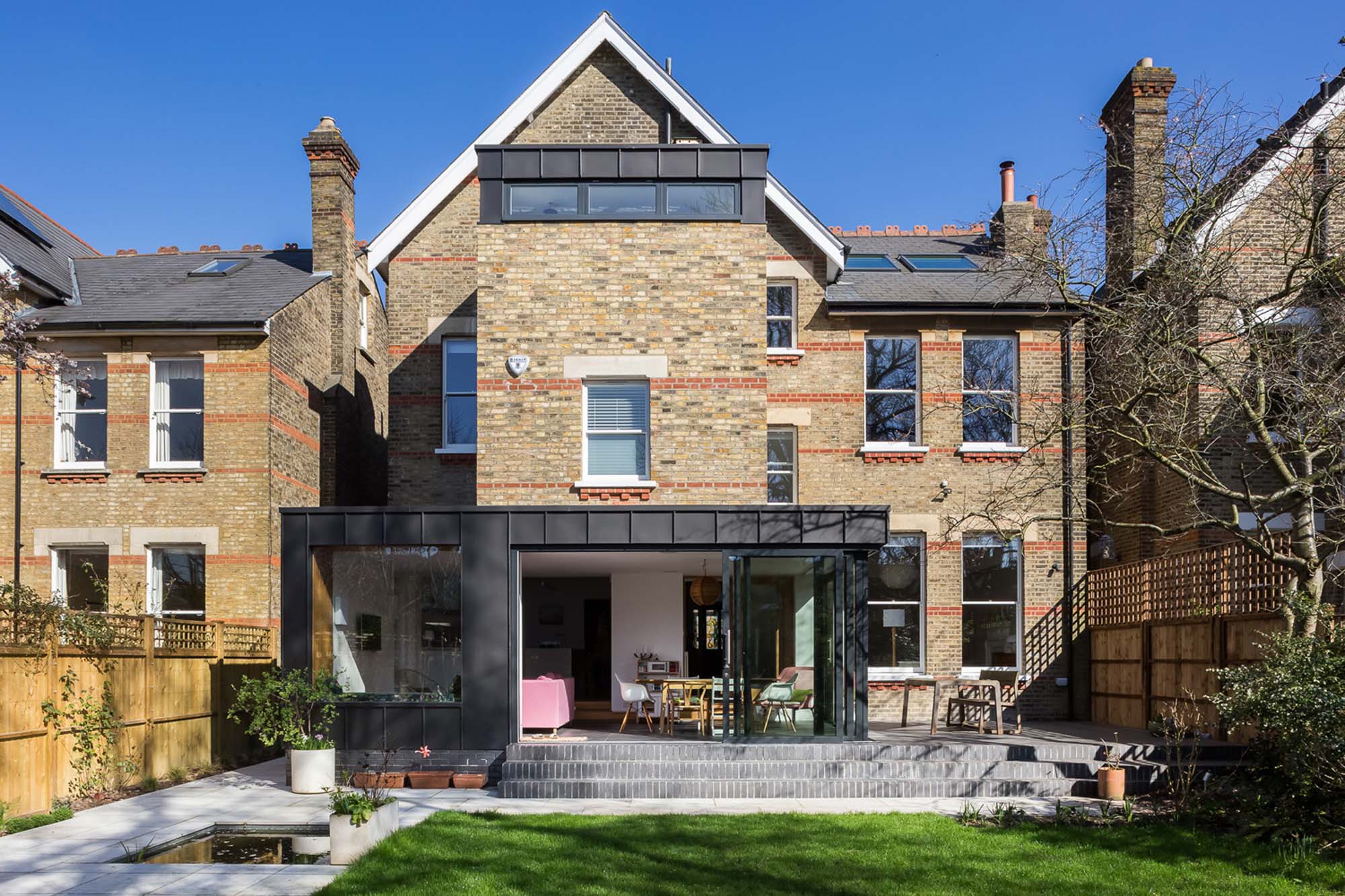
While maintaining the old cottage’s charm, a two-story timber frame addition will also accommodate modern living. A glass link that spans one story will connect the old home to the double-height expansions. Inside, a plethora of windows and roof lights will create a modern area that is sure to add character to the property.
Also read Single-Storey House Facade Ideas
Copy and Paste

Extending any part of the second story in the same style as the house will give it a smooth finish and help it blend in. Copying the house’s original style to extend the second storey will also be easier than choosing a different style of aesthetic for the place.
Minimalist Designs Are Always in!
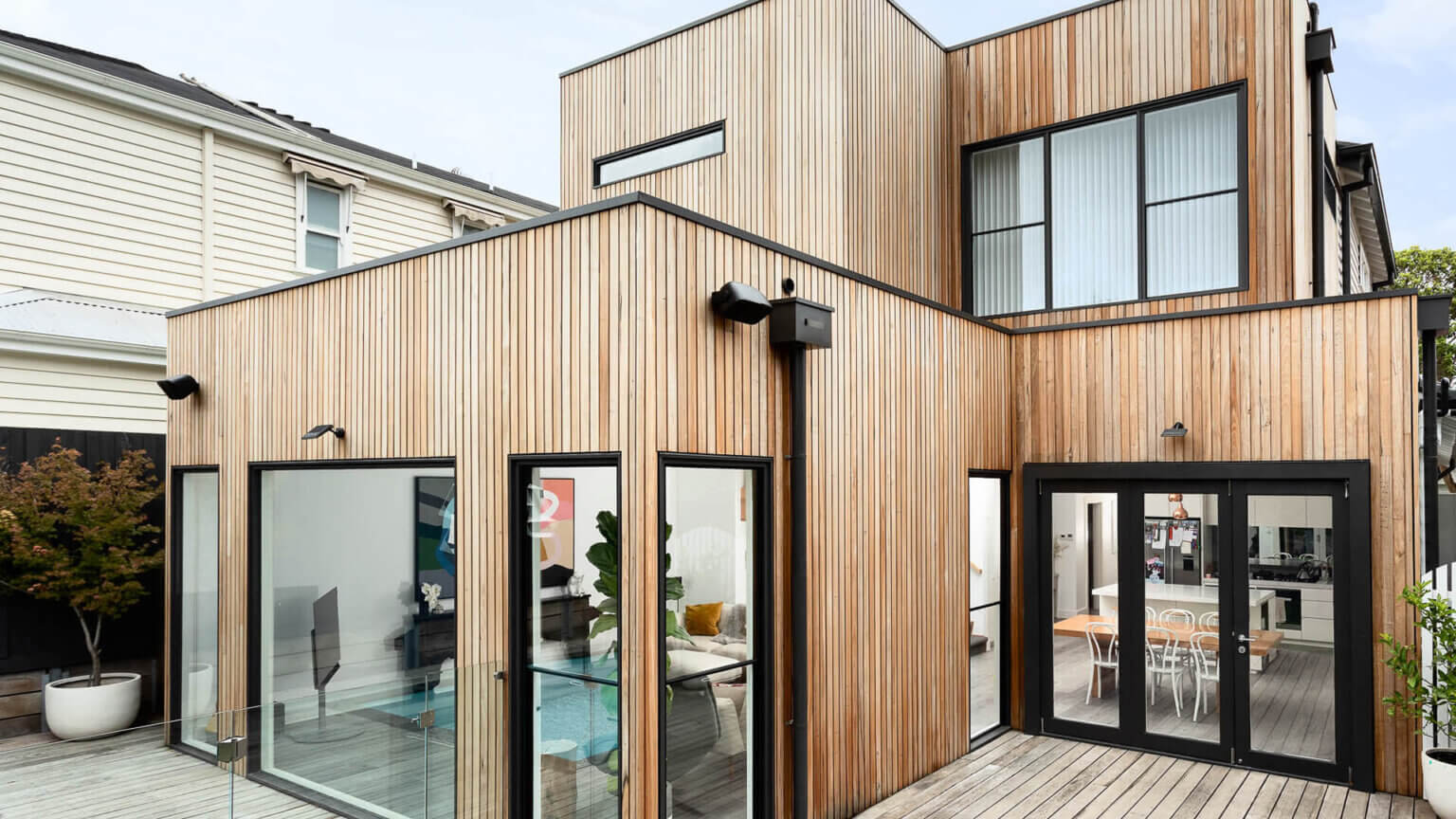
Adding a minimalistic extension to the second floor of your home is a great idea if you want something simple and quick. This design will take less time to get ready altogether and will also suit different home styles mainly because of its simple and plain architecture and aesthetic.
Gable End to Add Another Room
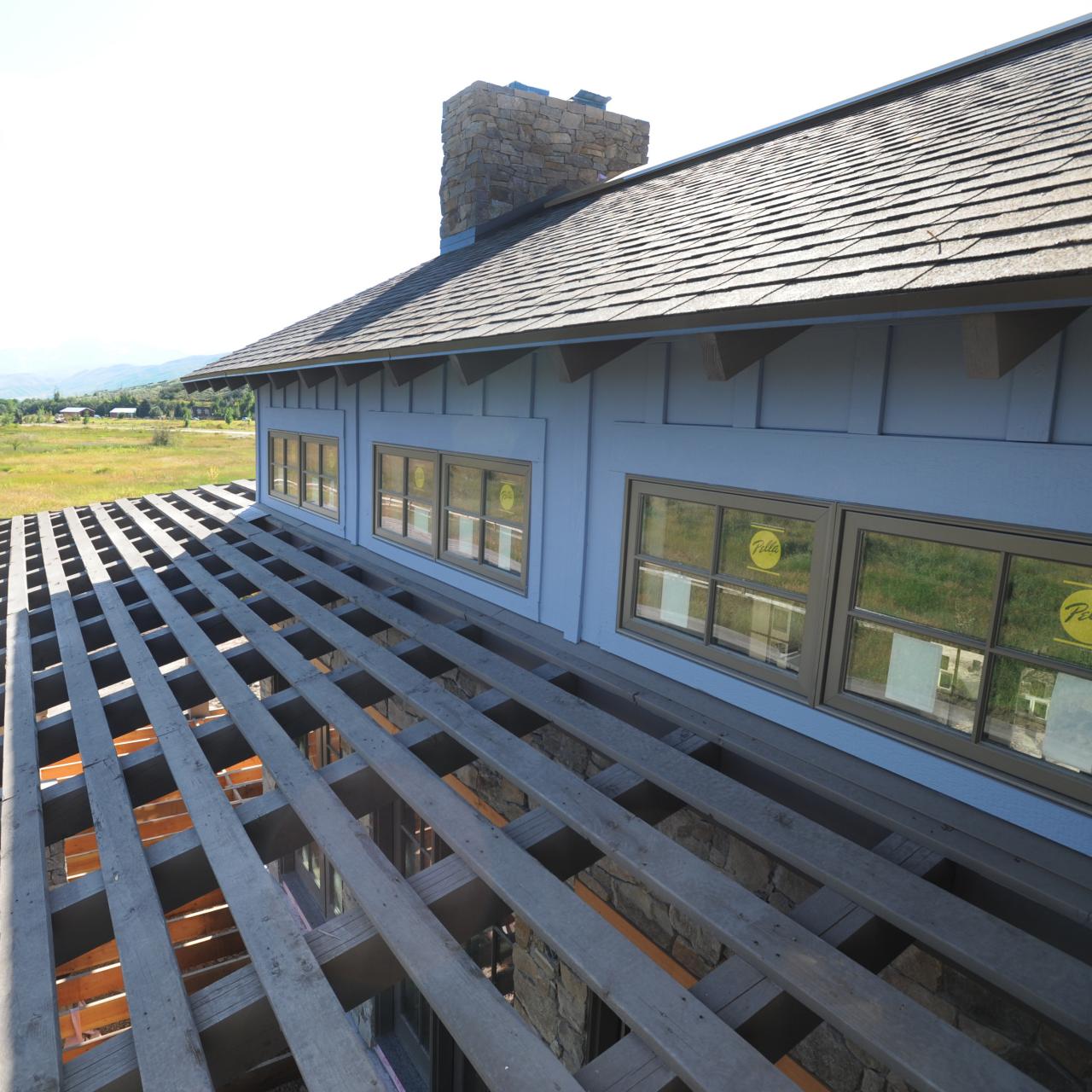
Planning a double-story extension will require you to consider the shape of the second-storey extension. If a square addition extends from one party wall to the next, it will be too noticeable to your neighbours and is rarely aesthetically acceptable. Instead, add a gable end to the upper story to improve the roofline’s appearance while maintaining a large interior space.
Permits Required For Second Storey Extension
Whether adding a second-storey addition or a ground-floor expansion to your house, the planned work must comply with all municipal and state government laws. This involves being aware of the height limitations and other obstacles you must overcome to have your project approved by the local authorities.
Any modifications you wish to make to your property must receive council approval if there are overlays related to landscape, vegetation, or heritage that are occasionally affixed to the title of your property. If these overlays are present, you will have to go through a formal planning process with the council.
As every area has its own distinct rules and regulations about housing, you must comply with them to ensure the smooth construction of your house. Here are some permit details about second-storey extension ideas in Australia to help you with the process:
- The maximum distance you can typically extend from the original property is 6 metres for other types of houses, but detached properties allow for expansions up to 8 metres in length.
- A building permit is required to guarantee a structure’s safety, health, and structural integrity.
- After examining the building designs and the construction site to ensure that the work conforms with the Australian Building Code, private or council building surveyors issue permits for this kind of construction activity.
- The permits need to be sent to the local authorities and displayed on the property.
- If you’ve cleared all the red tape and obtained a planning permit from the council, you’ll likely also require a building permit.
- Your home cannot be higher than your two stories. If your addition has a roof pitch higher than one story, it must, to the greatest extent, match the original house’s pitch and materials. The ridge and eaves’ maximum height should be most that of your current home.
Cost Of Second-Storey Extensions In Australia
While some people believe that adding an upstairs expansion will always cost more than adding a single story, this isn’t necessarily the case because it might not need excavation or groundwork preparation.
The size, style, materials utilised, need for plumbing work, and general state of your house all affect how much an upstairs addition will cost.
A second-story extension typically costs $1,850 to $15,000 per square metre. The project’s complexity, the materials selected, the tradesman’s rate, and access to your property are some variables that affect the final cost.
Although the addition may appear pricey at first, it will end up saving a lot of money because building a new home is usually the only option when adding a second story. You should get quotations from multiple builders to obtain the most accurate price for your particular second-story addition.
Conclusion
Second-storey extensions can be a great investment and one of the best ways to utilise any space around your house. However, it is important that you thoroughly go through all the terms and conditions and the regulations of your local housing authorities to ensure that you don’t get caught up in a mess.
We hope all your questions and queries about second-storey extensions in Australia are addressed here.
Frequently Asked Questions
Do I need planning permission for a 2 story rear extension?
Planning approval is optional for double-storey extensions, even though they have fewer alternatives than single-storey extensions.
How long does a 2 story extension take to build?
The duration of a two-story addition may differ depending upon the area of extension and architectural style as well. Six to twelve months may pass in this process. Plan and prepare the site first; this takes several weeks.
What size extension can I build without planning permission?
For other kinds of residences, you can usually extend no more than 6 metres from the original property; however, for detached buildings, you can extend up to 8 metres in length.
What is the 45-degree rule?
To use it, angle a 45-degree line between your planned structure and the bottom, middle, or corner of your neighbour’s nearest window. Excessive shadow will be cast onto your neighbour’s house if the proposed structure crosses that boundary.





